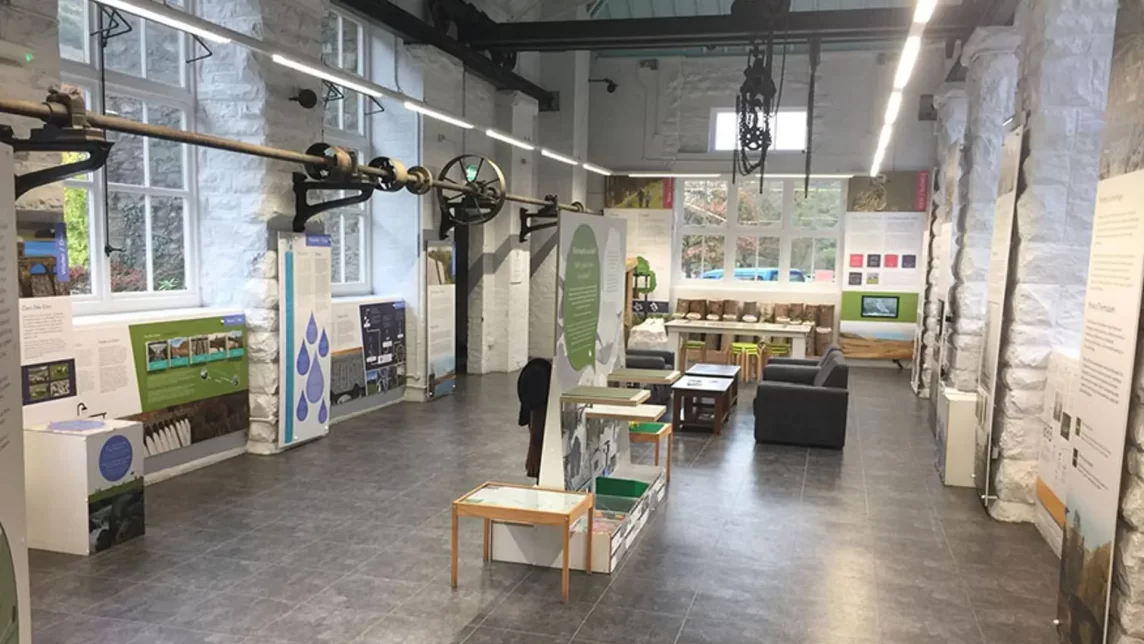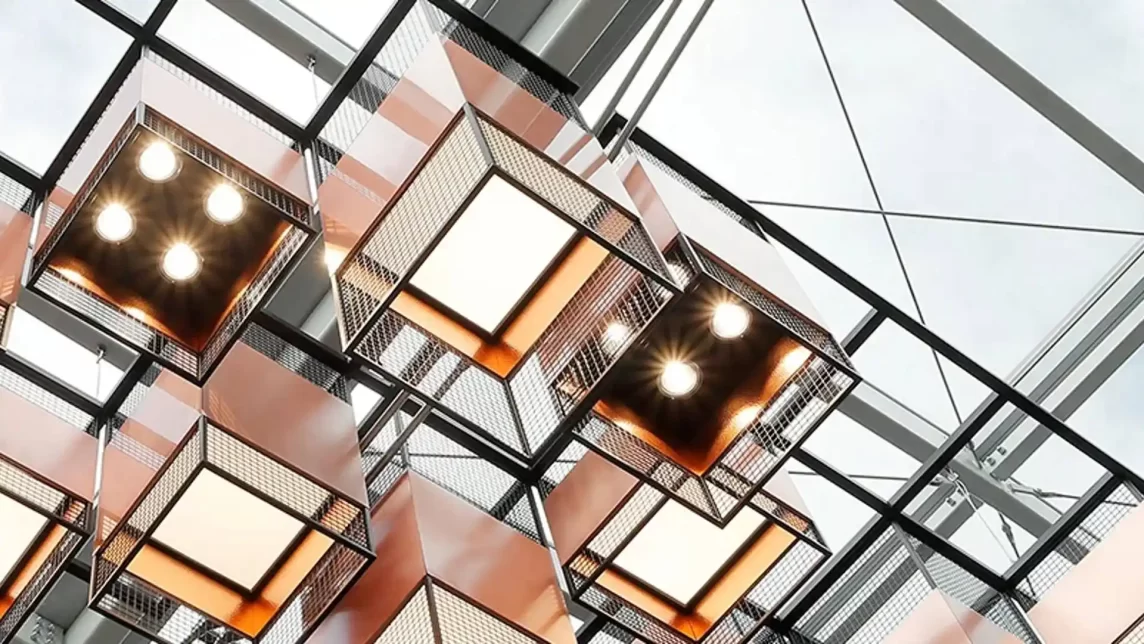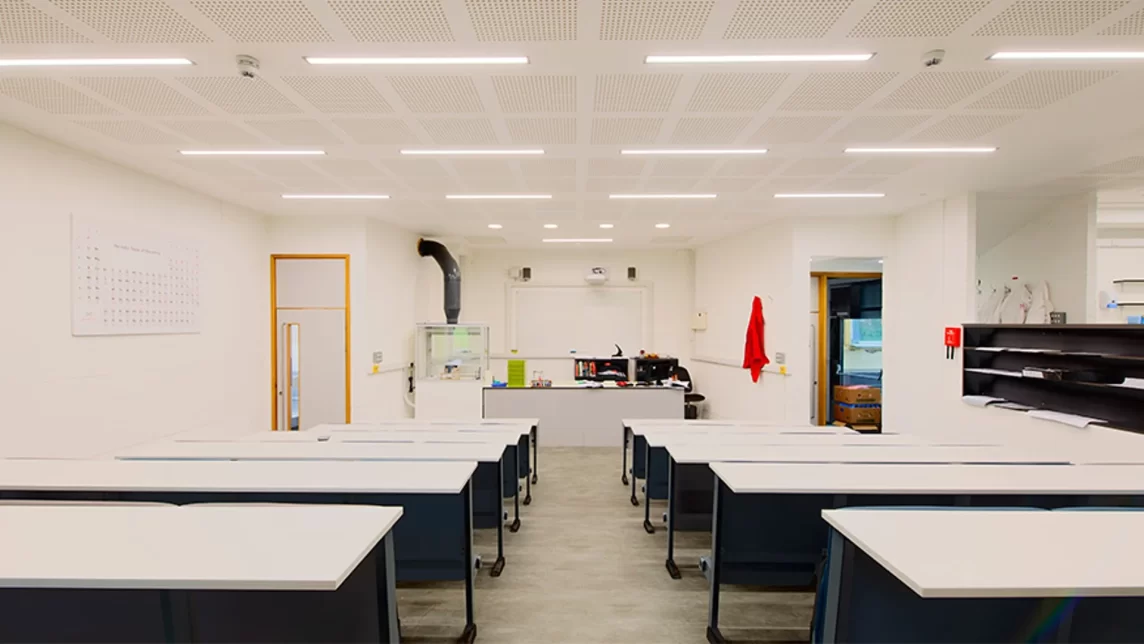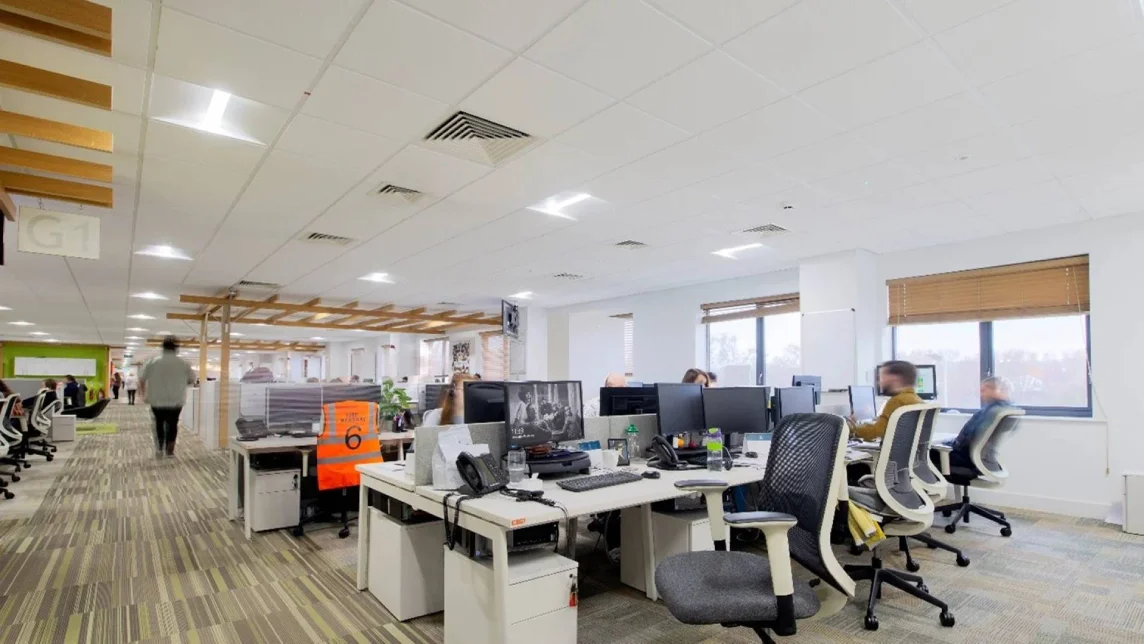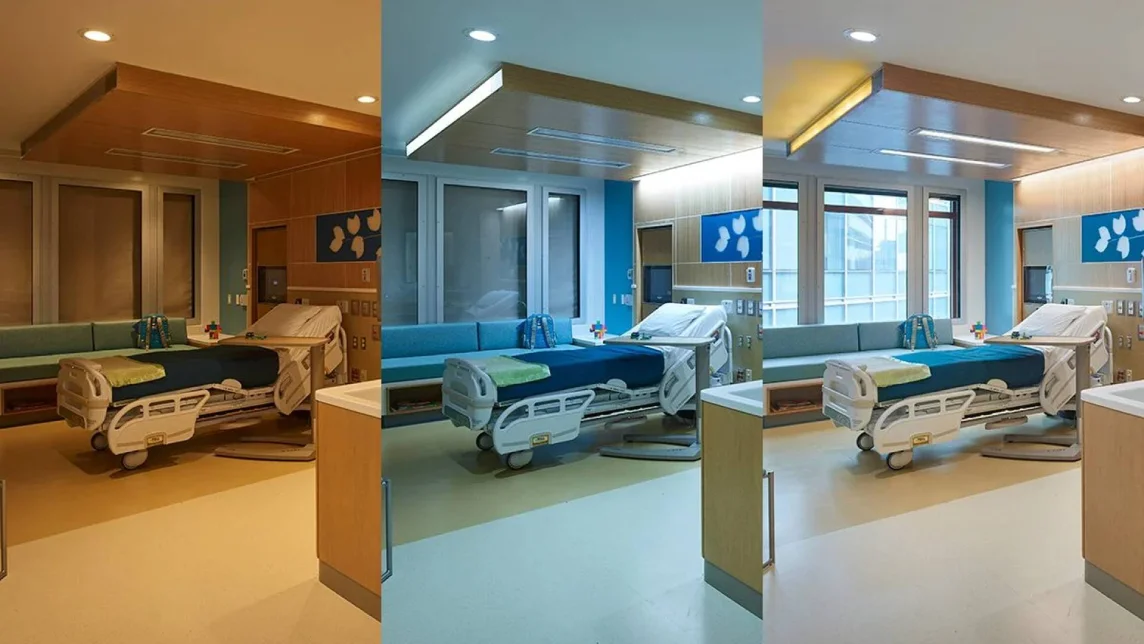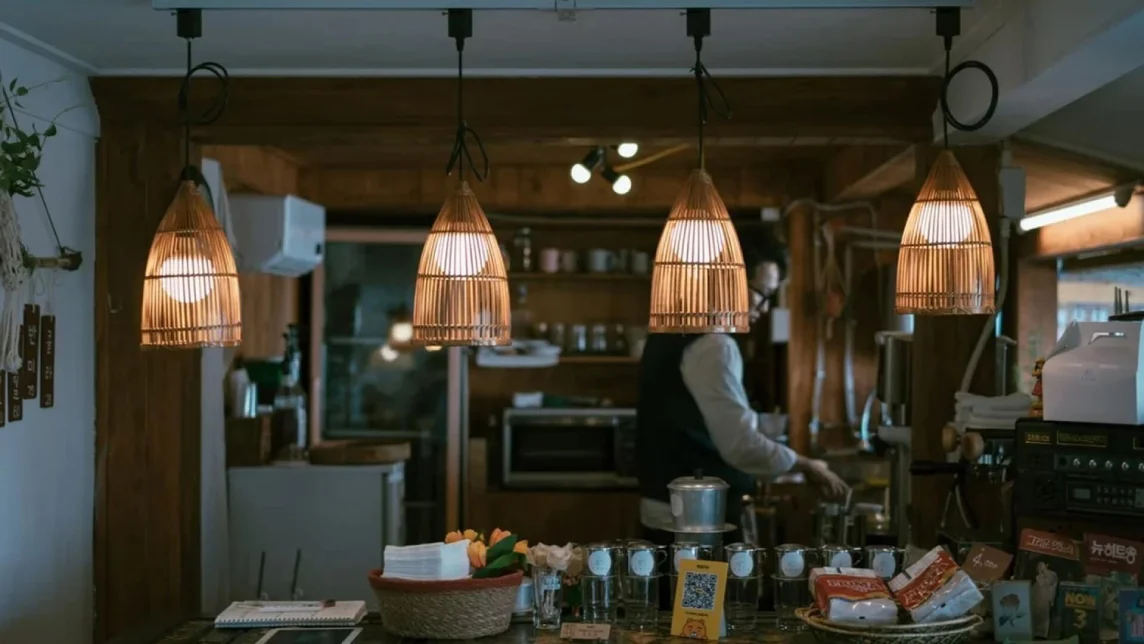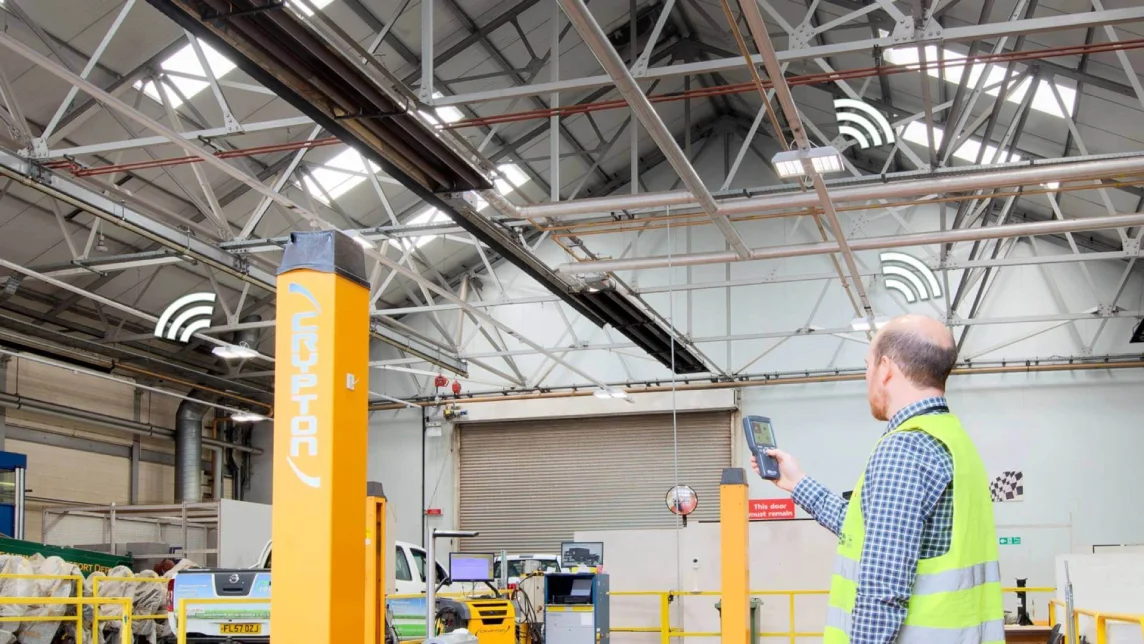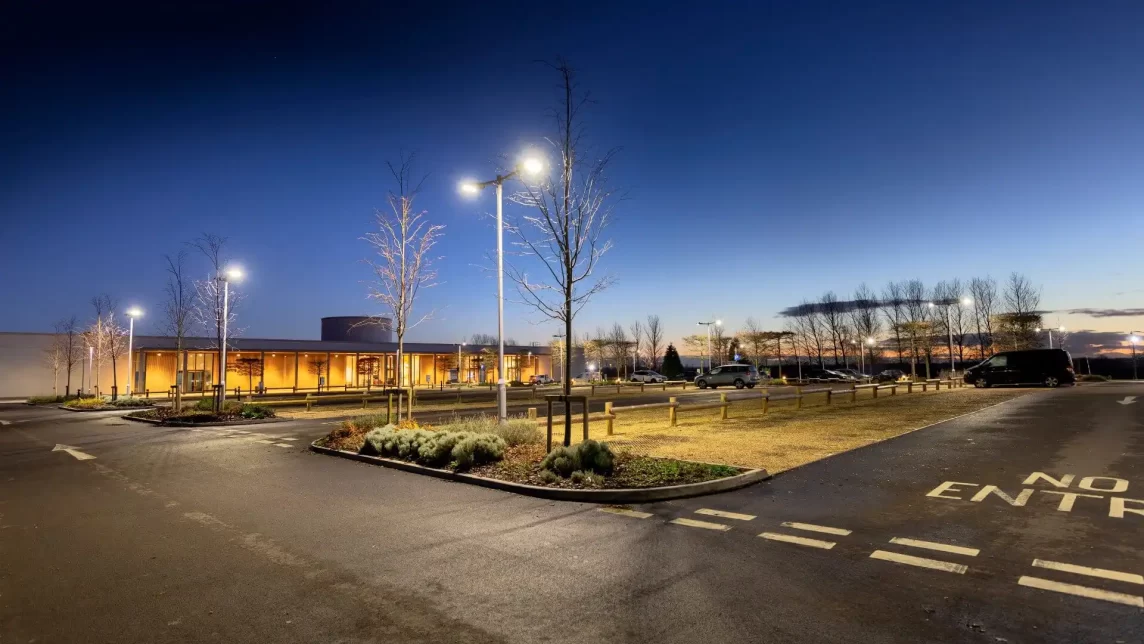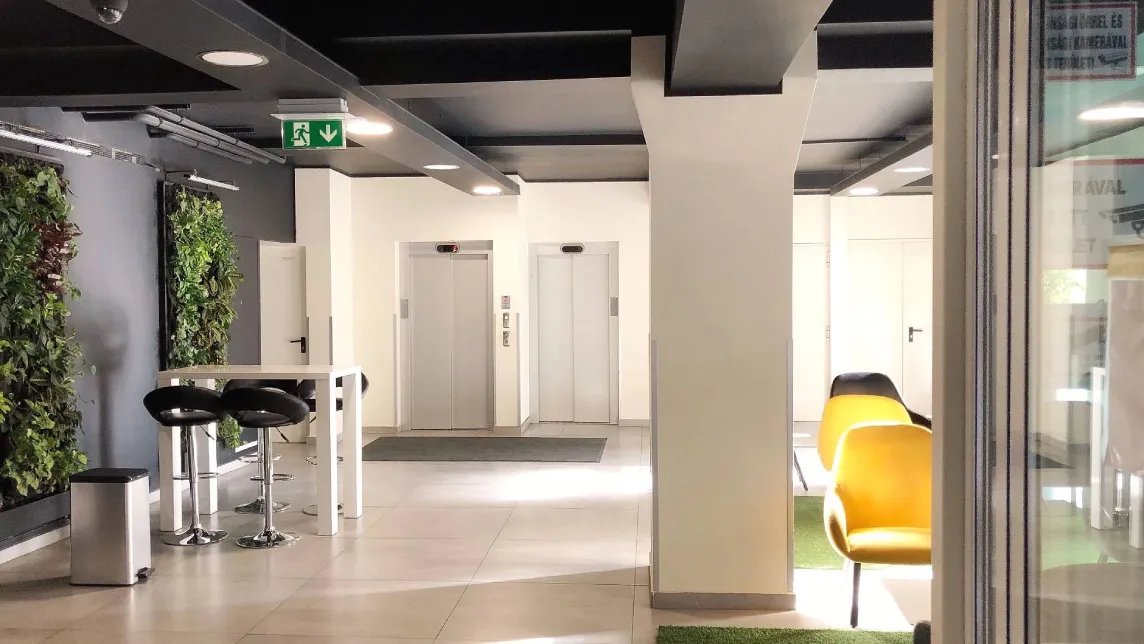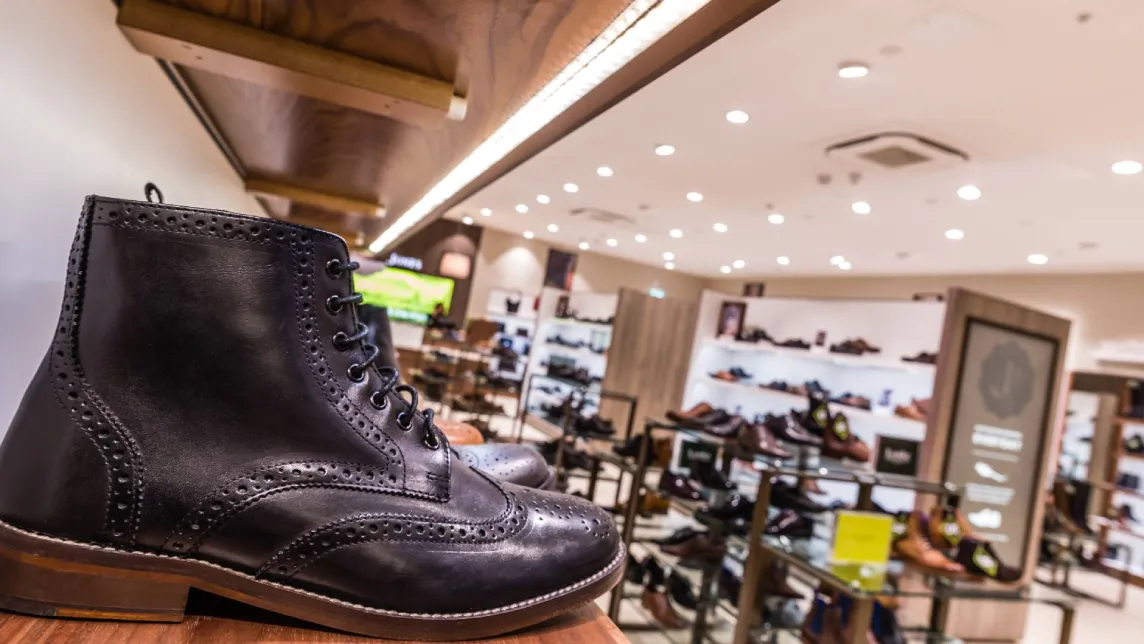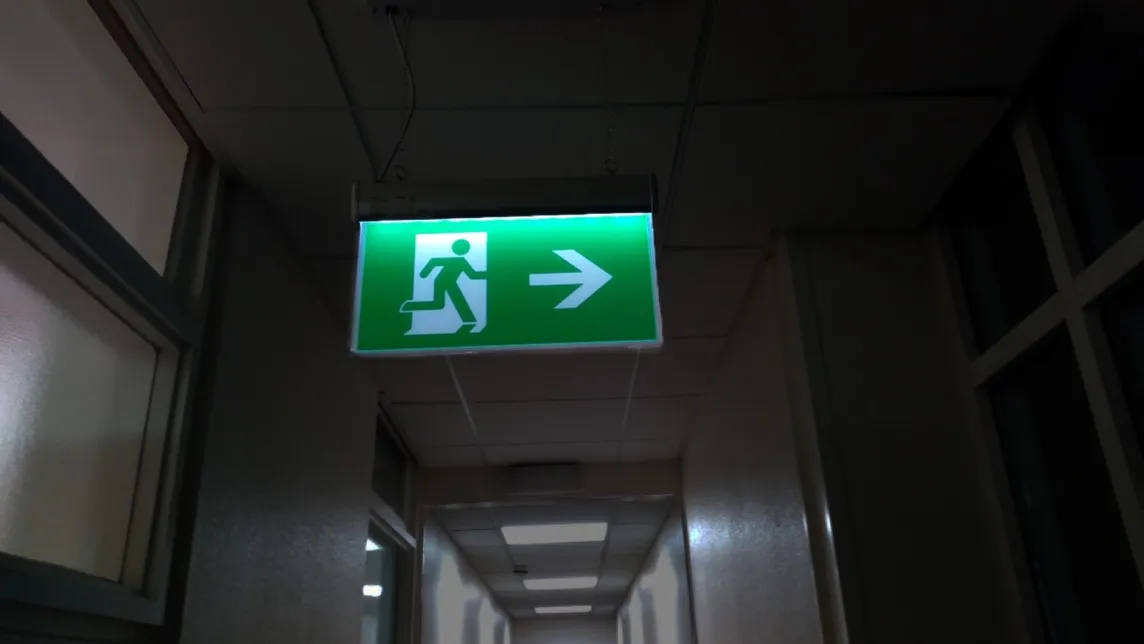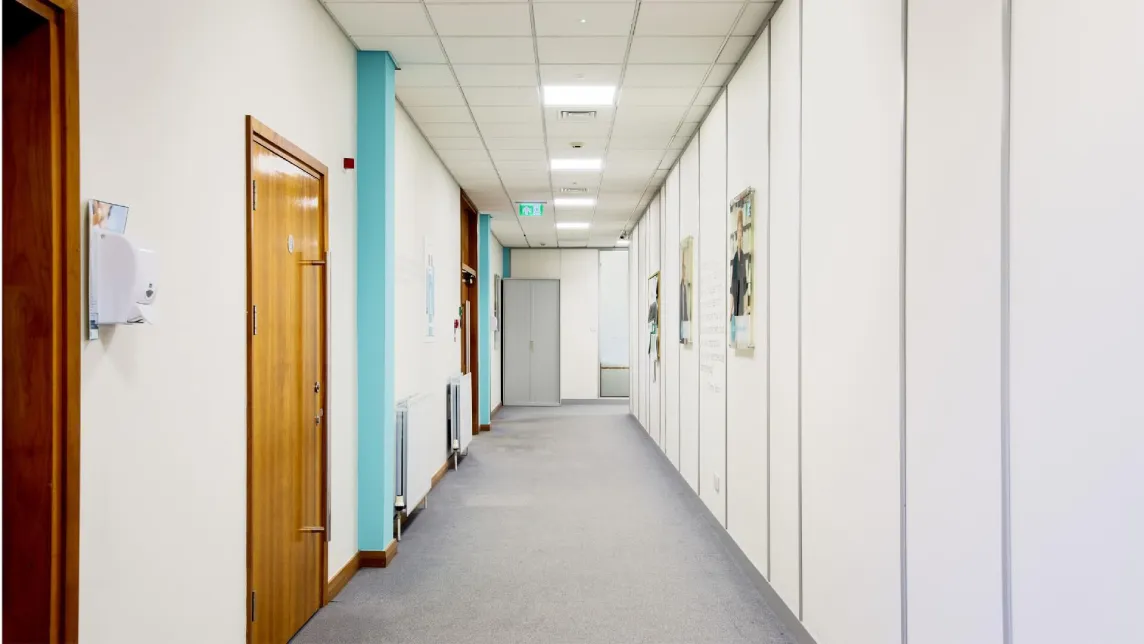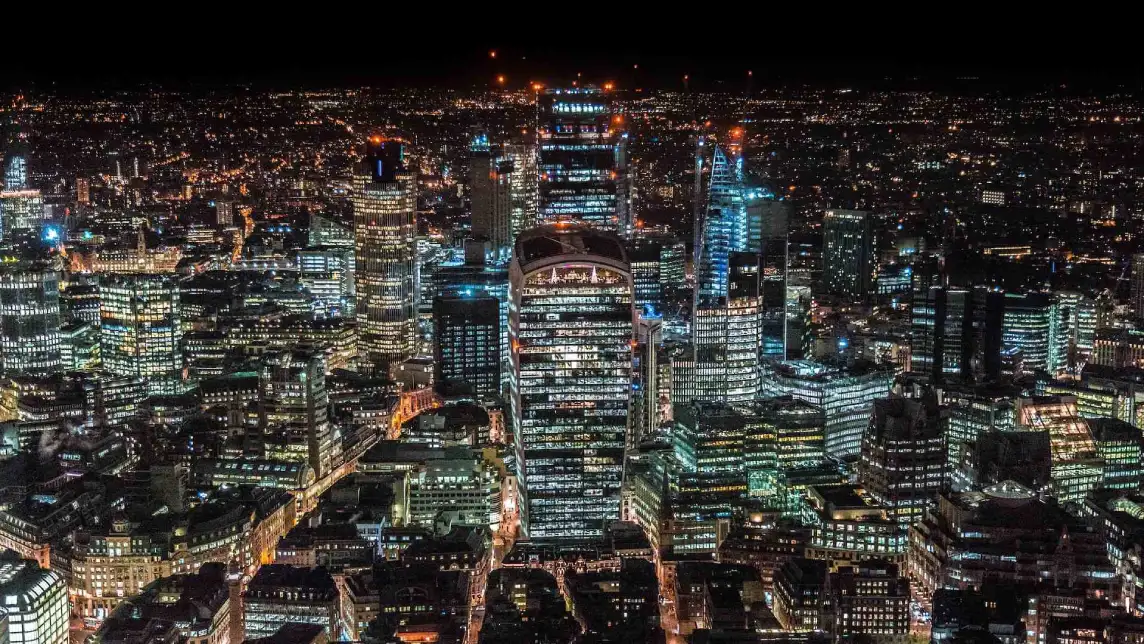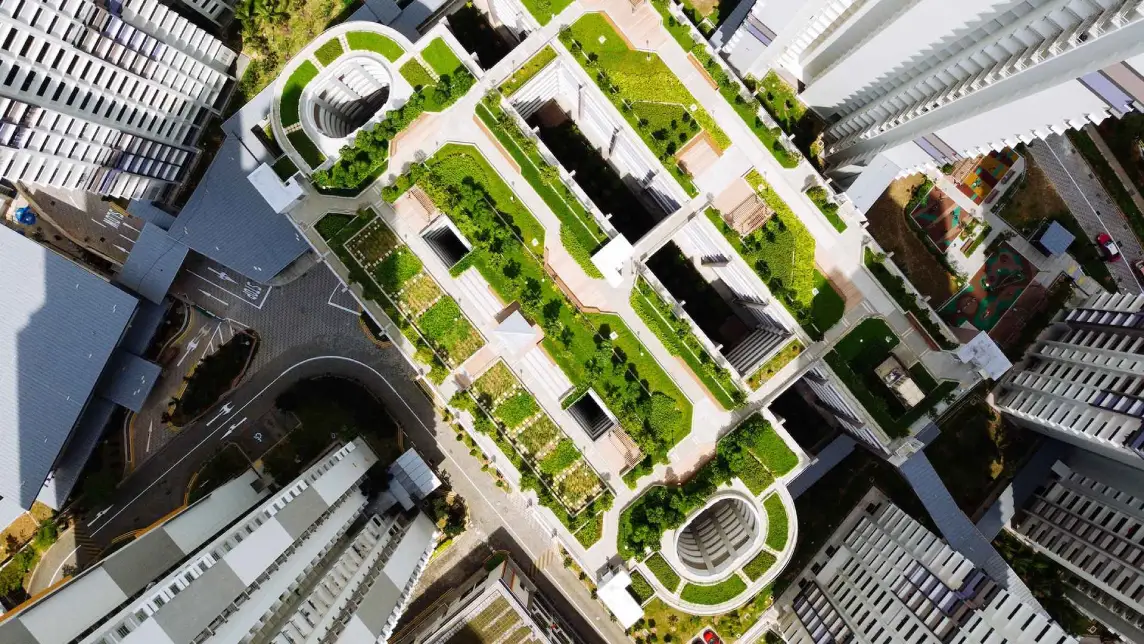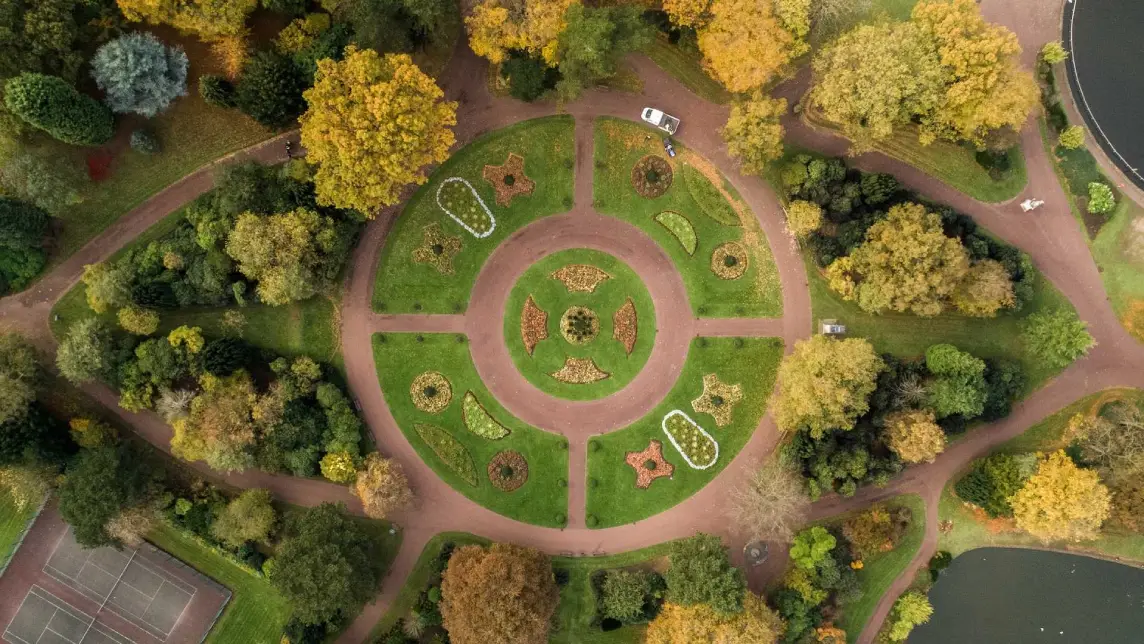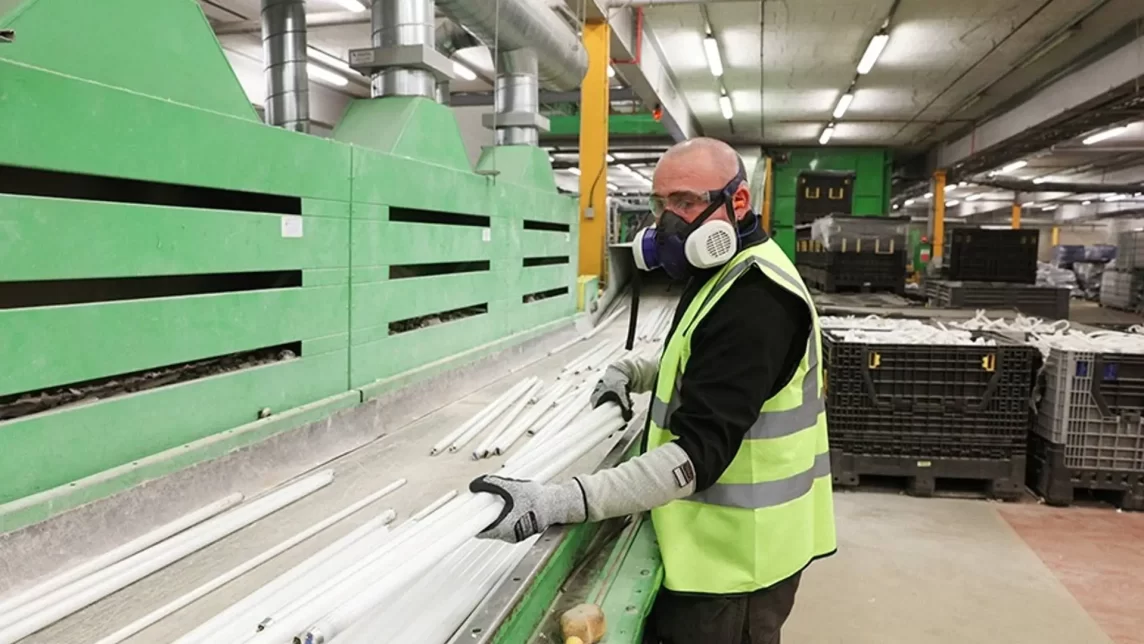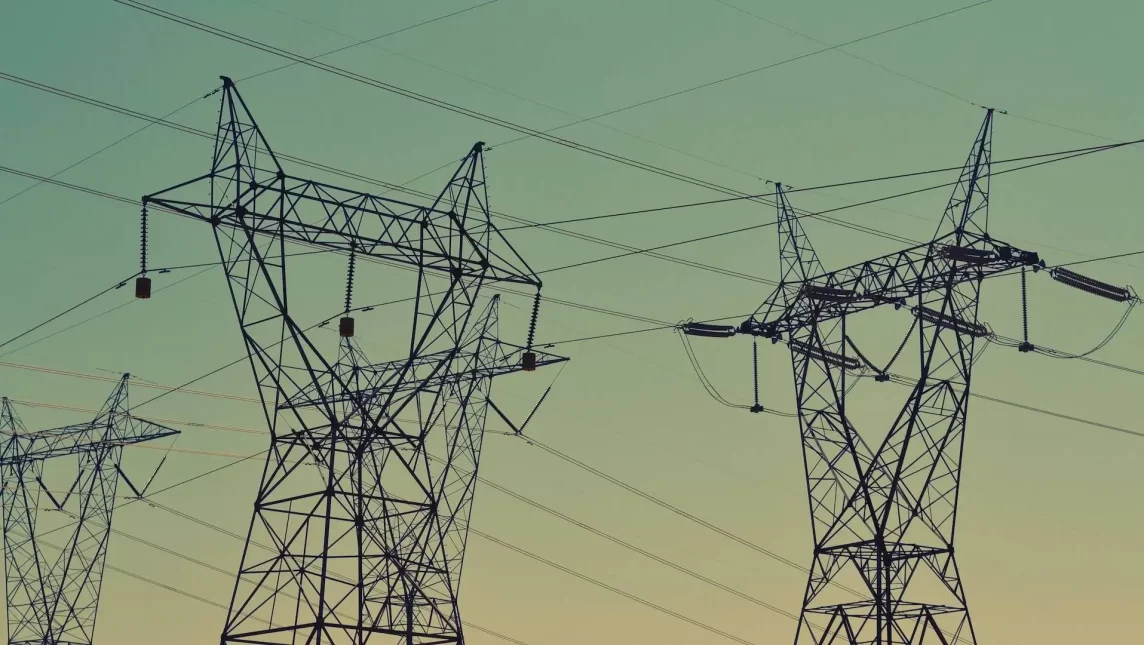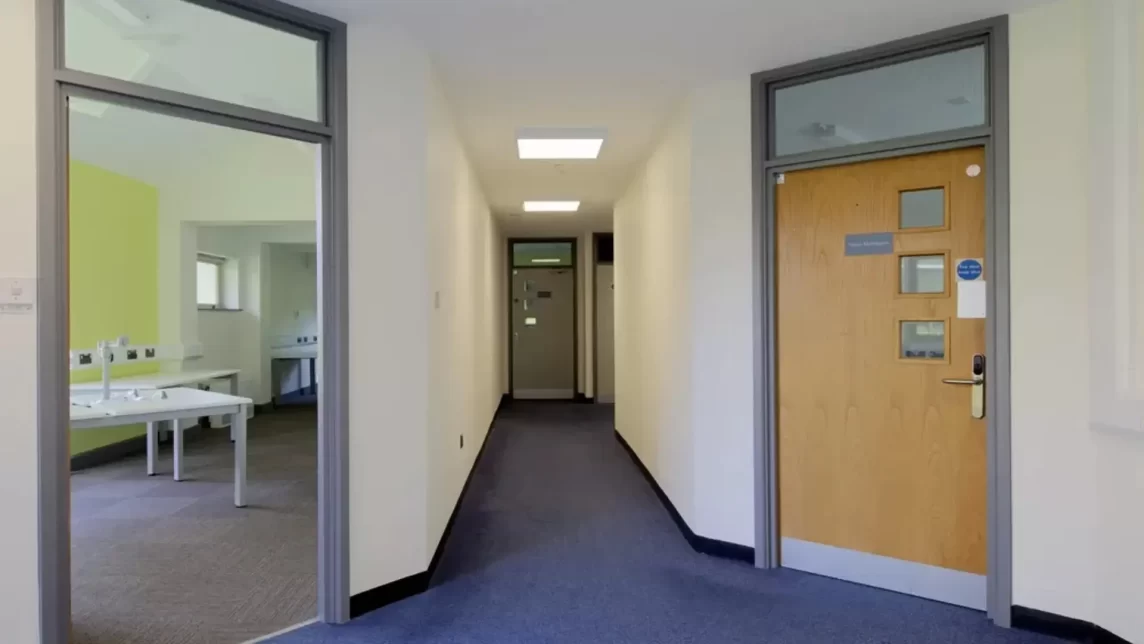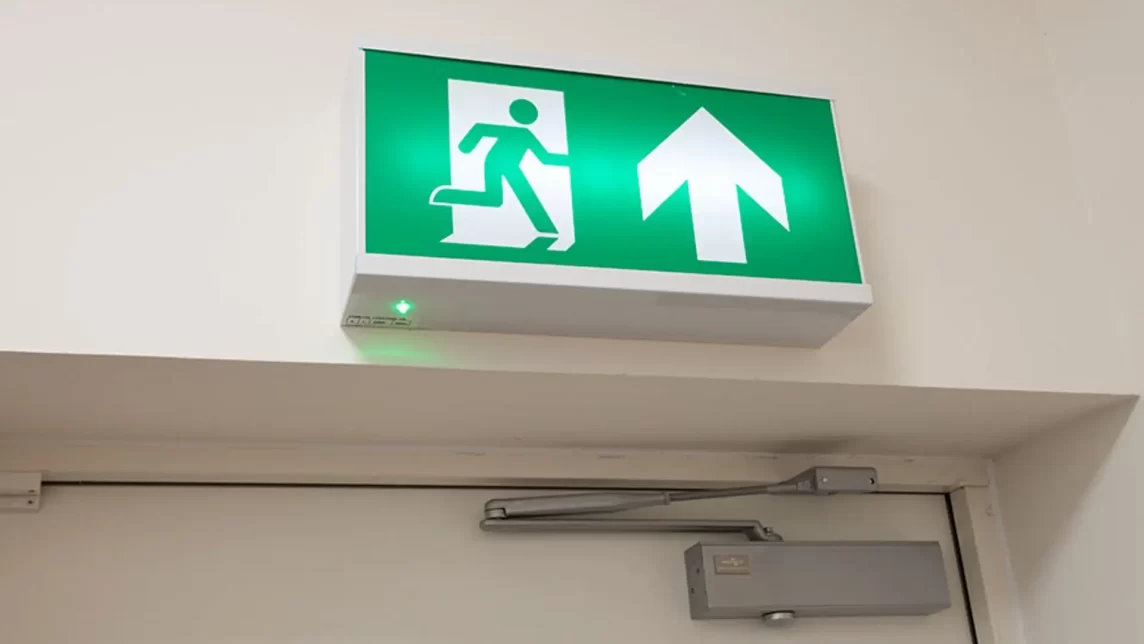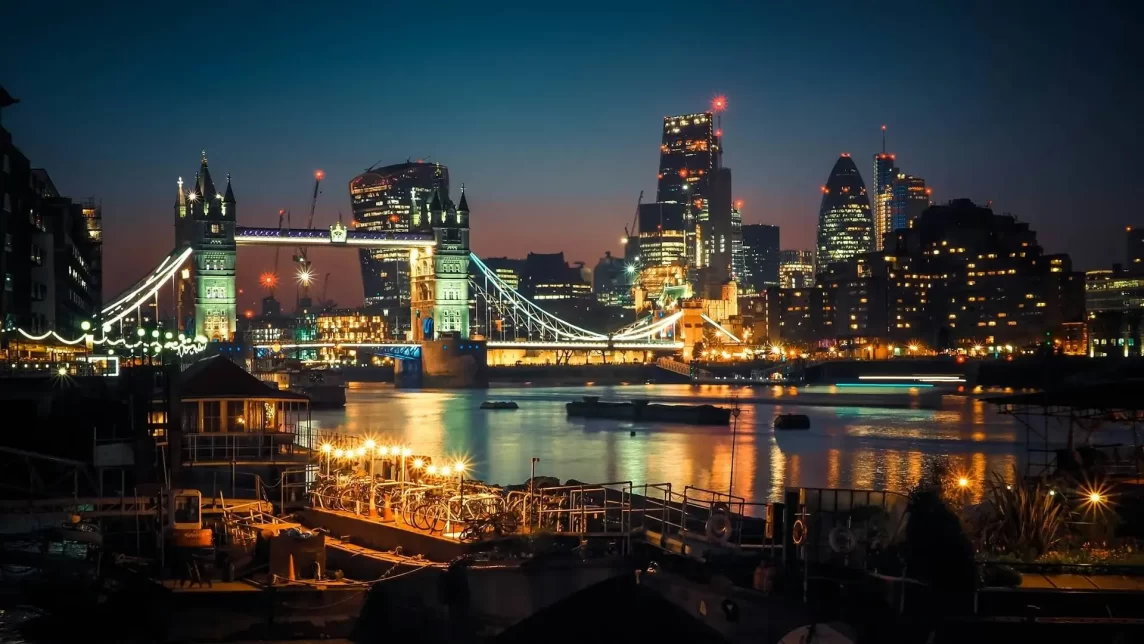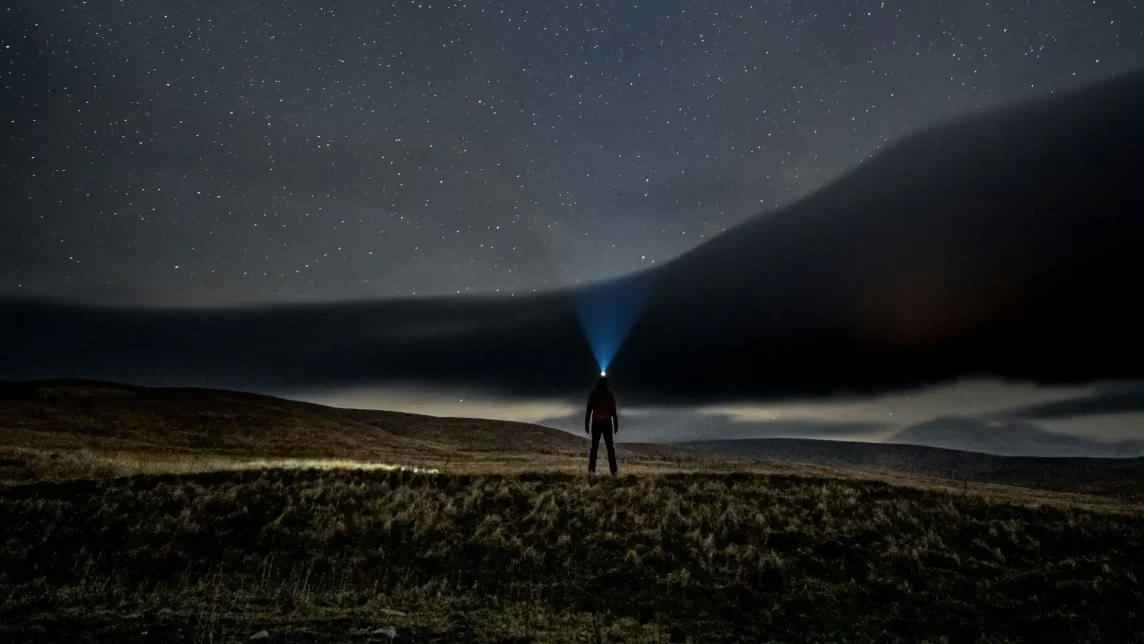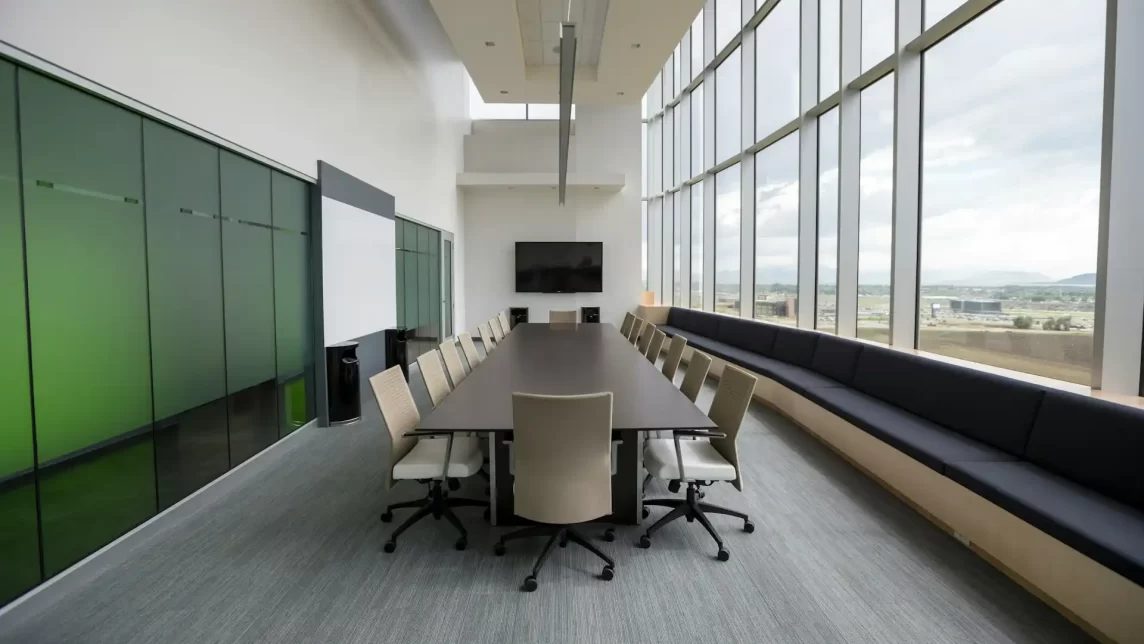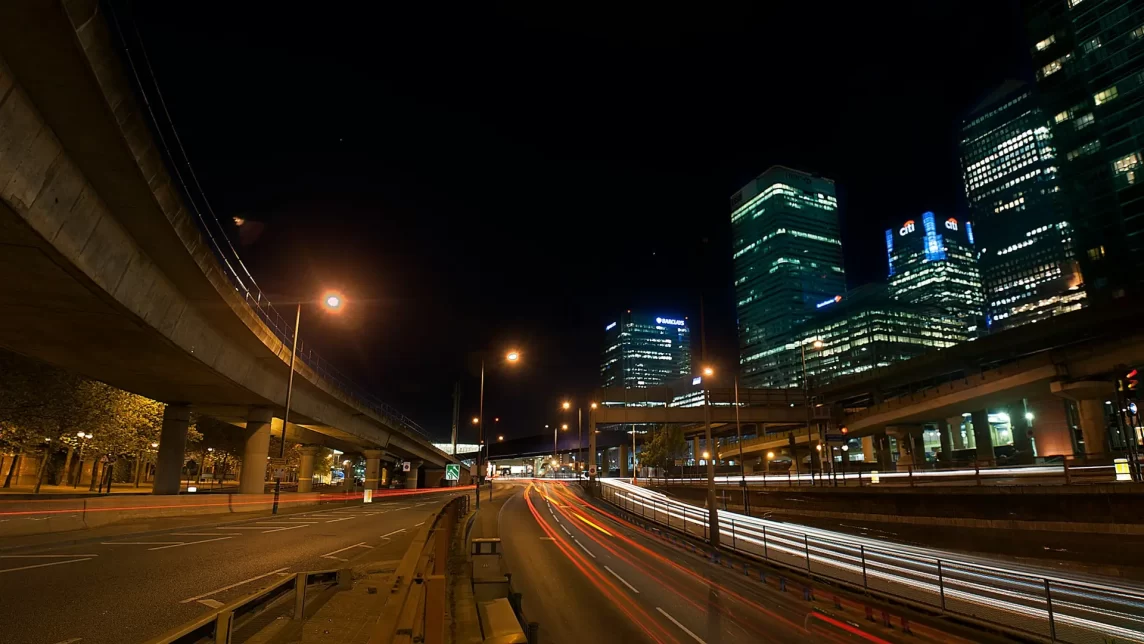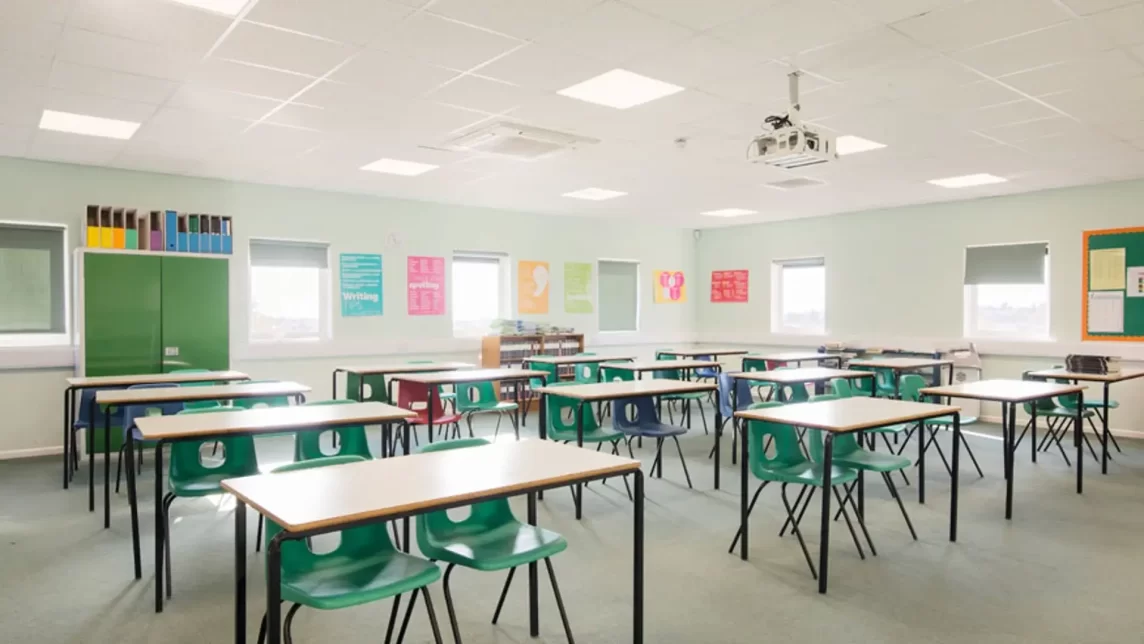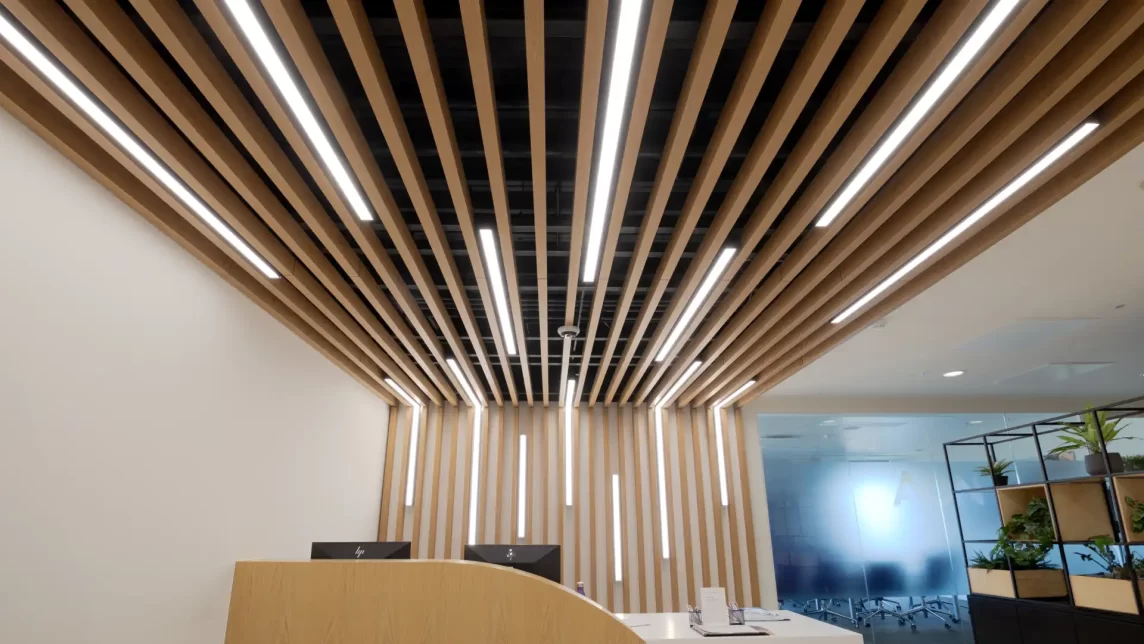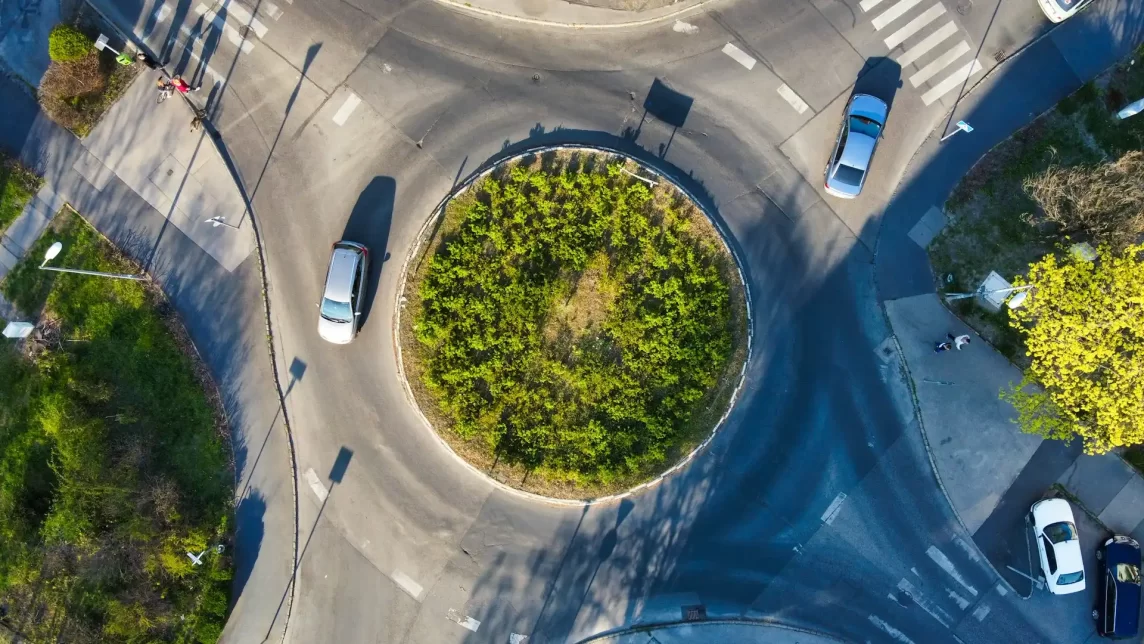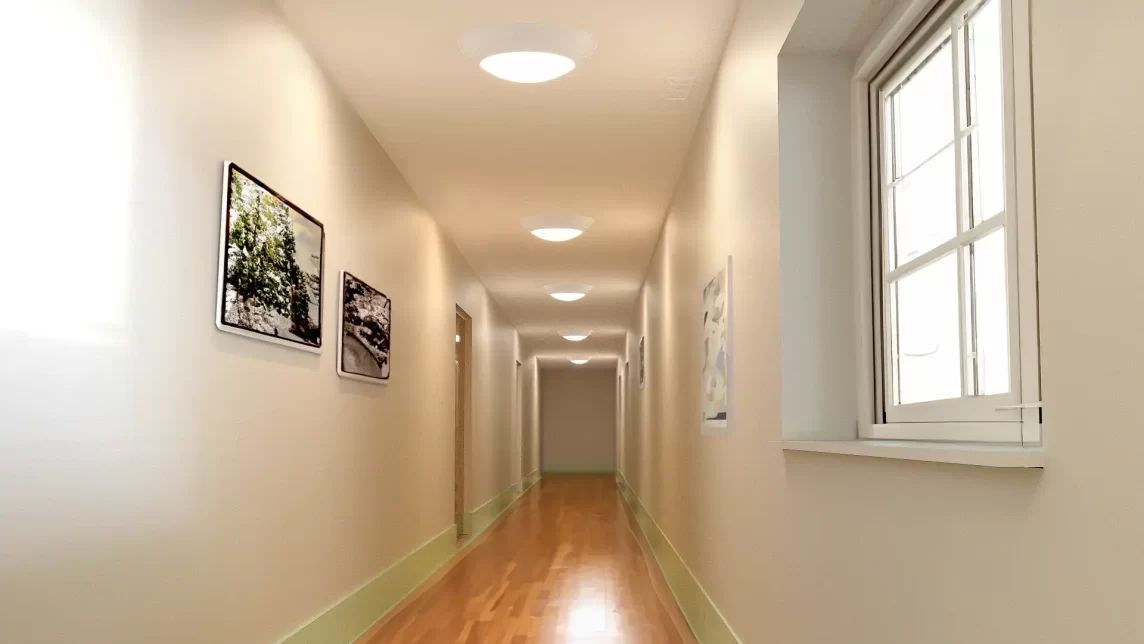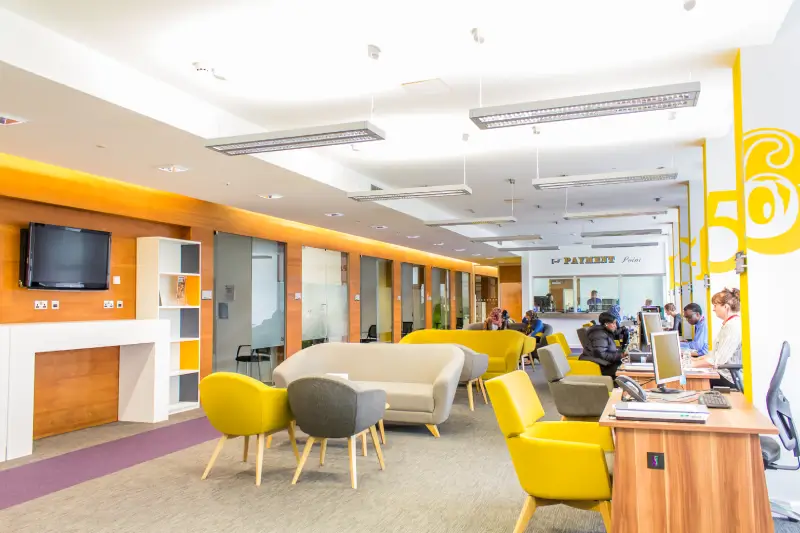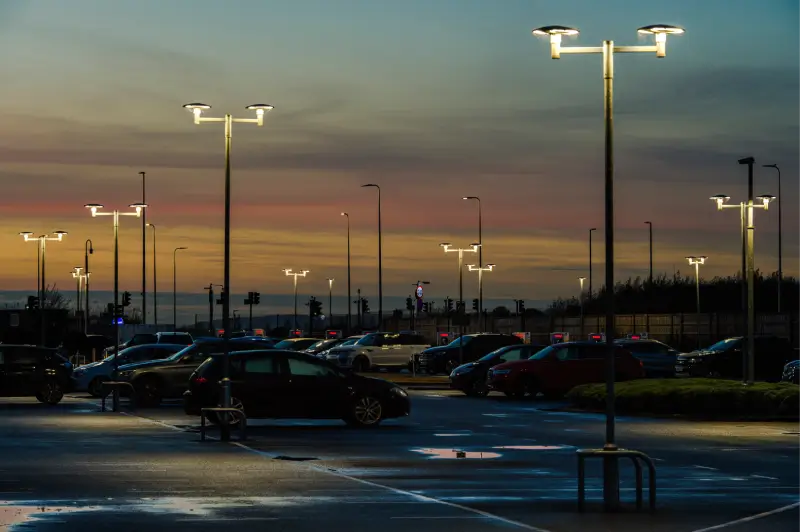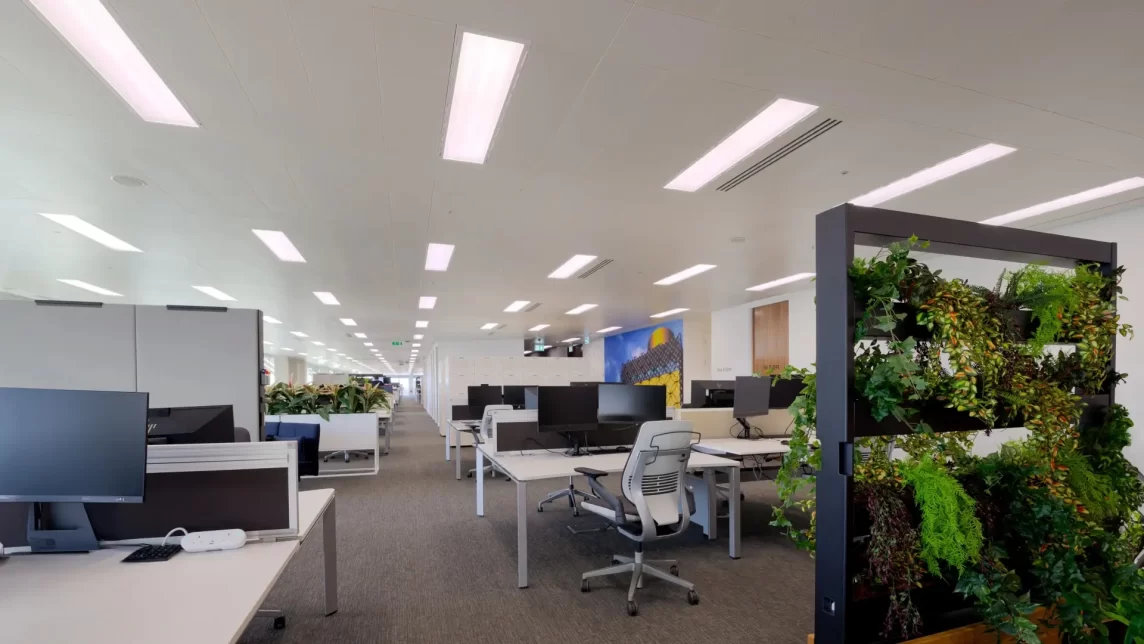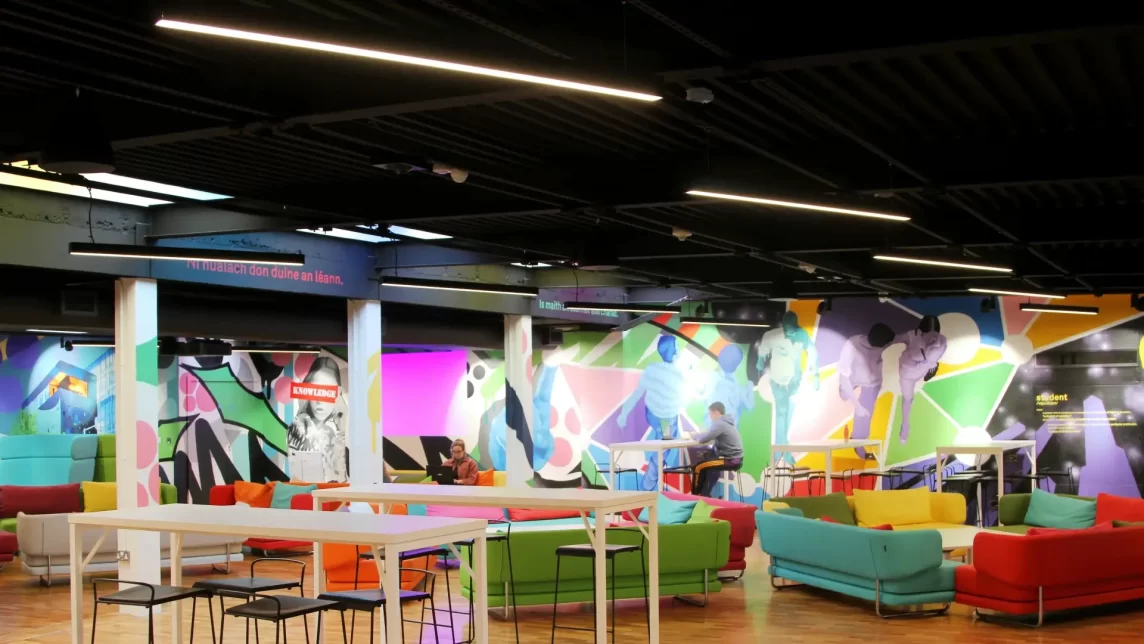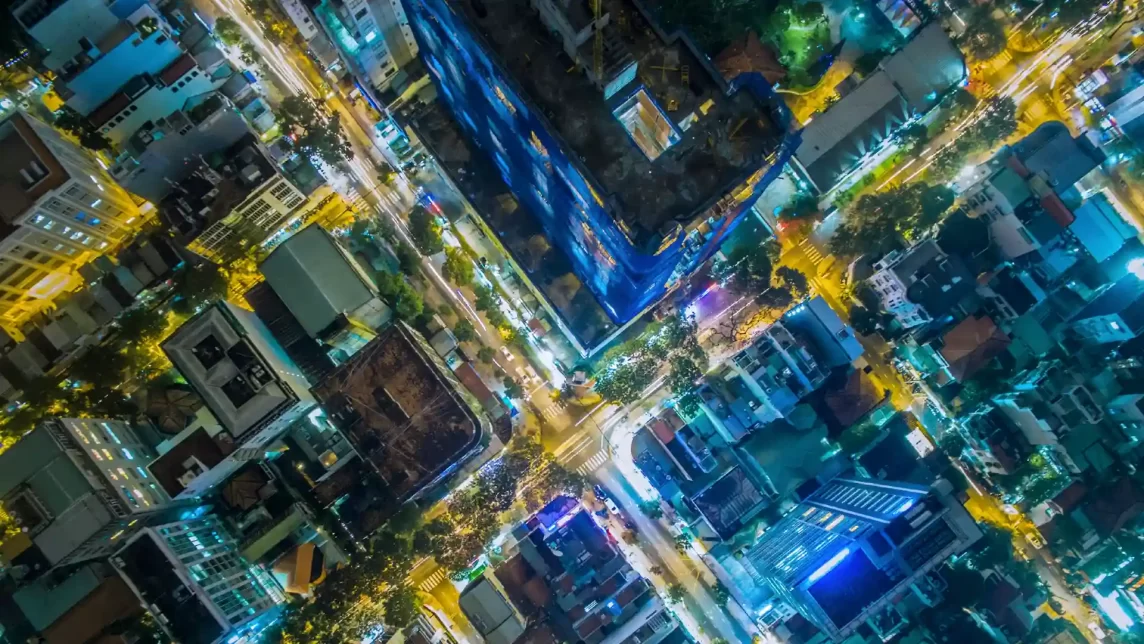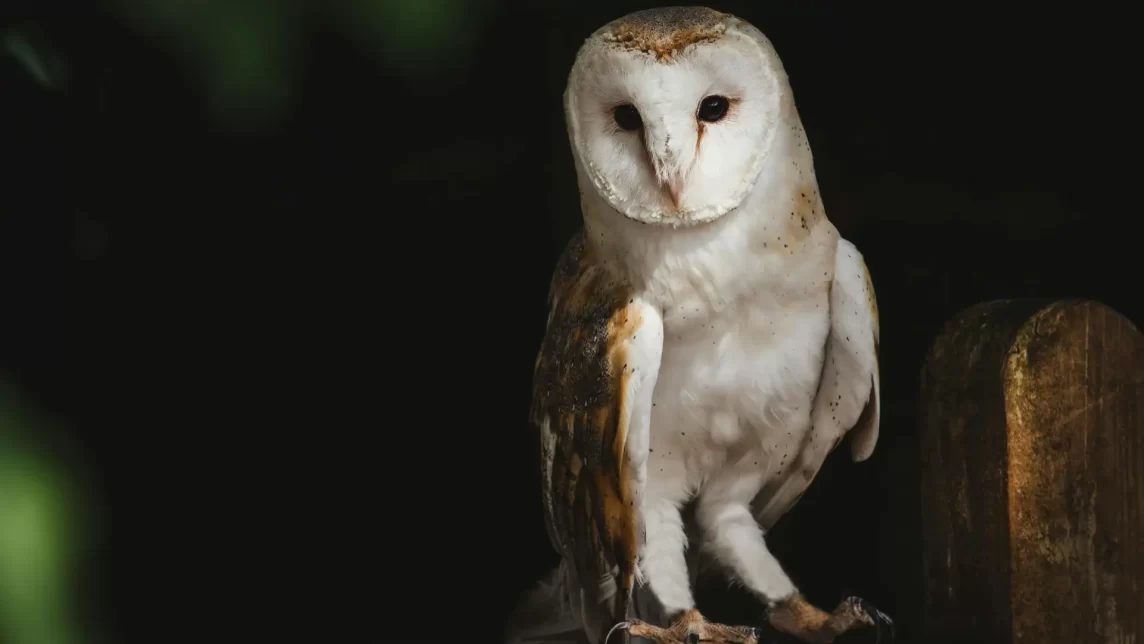
Urban lighting solutions can play a crucial role in support biodiversity in both urban and rural areas by mitigating the effects of light pollution.
Alternatively, the excessive use of artificial light at night can have a negative impact on a wide range of species by disrupting their natural habitats and ecosystems.
Urban lighting poses significant challenges for nocturnal wildlife, particularly species like bats. In the UK, where all 18 species of bats are protected, artificial lighting near bat roosts can disrupt their behaviour. When exposed to bright city lights, bats may delay or avoid leaving their roosts, reducing critical foraging time.
Other species similarly affected by urban light pollution include moths, nocturnal insects, and migratory birds. Moths, which are vital for pollination and serve as prey for other species, are especially sensitive to artificial light. Likewise, migratory birds that rely on starlight for navigation can become disoriented by the glow of city lights, jeopardising their natural flight paths.
Dark Sky Lighting
A practical response to excessive urban lighting is the adoption of Dark Sky approved lighting, which not only reduces light pollution but also aligns with broader sustainability goals. By minimising unnecessary artificial light, Dark Sky initiatives help protect nocturnal wildlife, promote biodiversity, and contribute to more sustainable urban environments.
Awareness of the issue of light pollution is growing in the UK. In 2021, a group of MPs formed the UK’s first ever All-Party Parliamentary Group for Dark Skies (APPG), dedicated to reducing light pollution across the country.
How to Specify Urban Lighting Solutions for Dark Skies
Specifying lighting solutions that support dark skies requires careful consideration of the system’s purpose and location. Key factors include the use of shielding features and selecting appropriate correlated colour temperatures (CCT) that minimise blue light emissions. Shielded lighting ensures that light is directed where it is needed and does not spill into surrounding areas, reducing its impact on wildlife.
DarkSky International is an organisation that certifies luminaires and provides comprehensive guidelines for ensuring that lighting systems support the preservation of dark skies. DarkSky has developed five key principles for lighting solutions aimed at protecting dark skies and minimising light pollution:
DarkSky’s Five Principles for Dark Skies Lighting
- Useful: All light should serve a clear purpose. Before installing or replacing lights, it is important to assess whether the light is necessary. For example, reflective paints or self-luminous markers could replace outdoor lighting in certain areas, reducing the need for permanent illumination while maintaining safety.
- Targeted: Light should be directed only where it is needed. Shielding and careful aiming of light beams help reduce light spillage into unnecessary areas. DarkSky-approved luminaires are designed with these principles in mind, ensuring that light is limited to its intended target. For instance, approved luminaires must have an upward light output ratio (ULOR) of less than 0.5%.
- Low-Level: Illumination should be kept at the lowest level required. Lighting that is too intense can reflect off surfaces and contribute to skyglow, a form of light pollution that illuminates the night sky. Adjusting the light level to be no higher than necessary helps minimise this issue.
- Controlled: Light should only be used when needed. Motion detectors and timers are excellent tools for ensuring that lights are only on when required and are dimmed or turned off during periods of inactivity. DarkSky-approved luminaires are designed to dim down to 10% of their maximum light when not in use.
- Warm-Coloured: Wherever possible, warmer-coloured lights should be used to reduce the amount of shorter wavelength (blue-violet) light. Lights with a correlated colour temperature (CCT) of no more than 3000K are recommended to minimise disruption to wildlife.
By following DarkSky’s principles for lighting solutions, it is possible to create more sustainable places that help to restore natural darkness, strengthening ecosystems’ resilience and promoting biodiversity recovery. In addition to ecological benefits, dark skies lighting solutions are energy-efficient and low-carbon, making them a sustainable choice.
Balancing urban development with strategic lighting enhances human safety, improves aesthetics and nurtures a healthier coexistence with local wildlife.
- Tamlite’s DarkSky approved CITY range: The Tamlite CITY range of urban luminaires delivers high quality external lighting for a wide variety of applications. From lantern fittings for roads and car parks to bollards and wall lights that illuminate pedestrian areas, the range addresses the need for safety and visibility while also mitigating light pollution. Visiting our website for more





